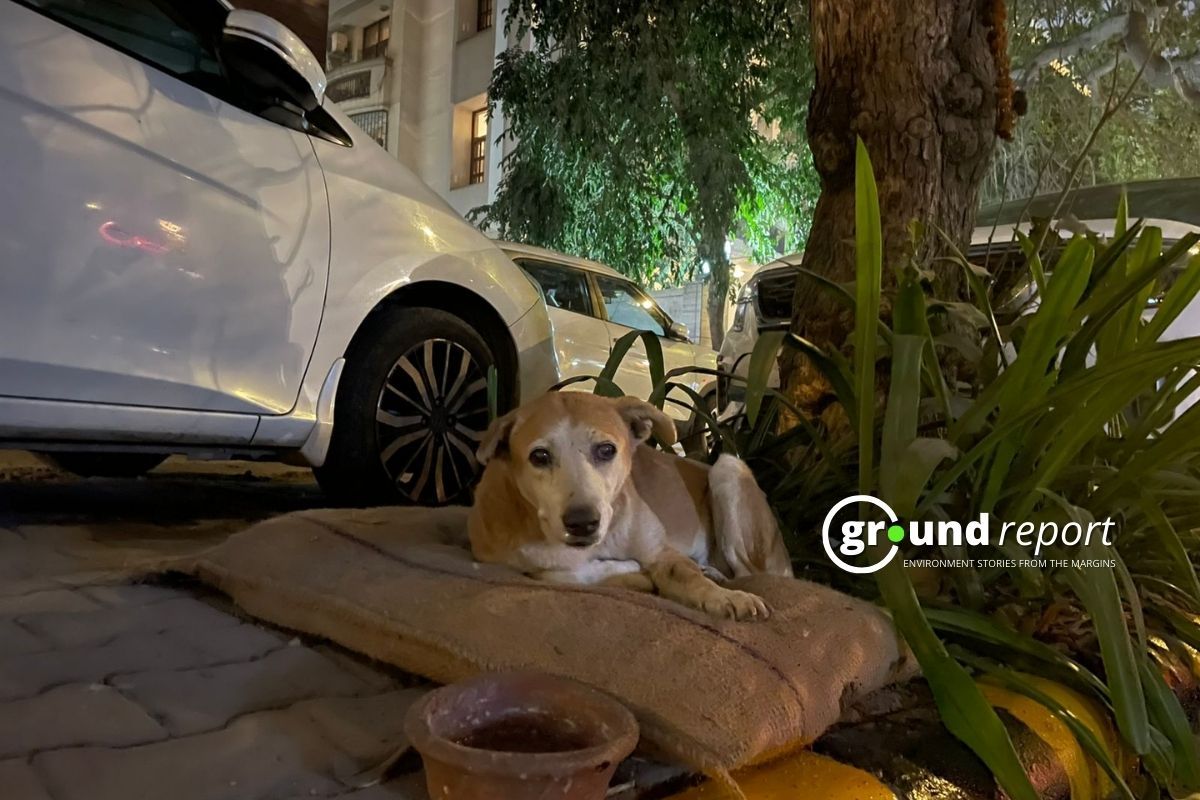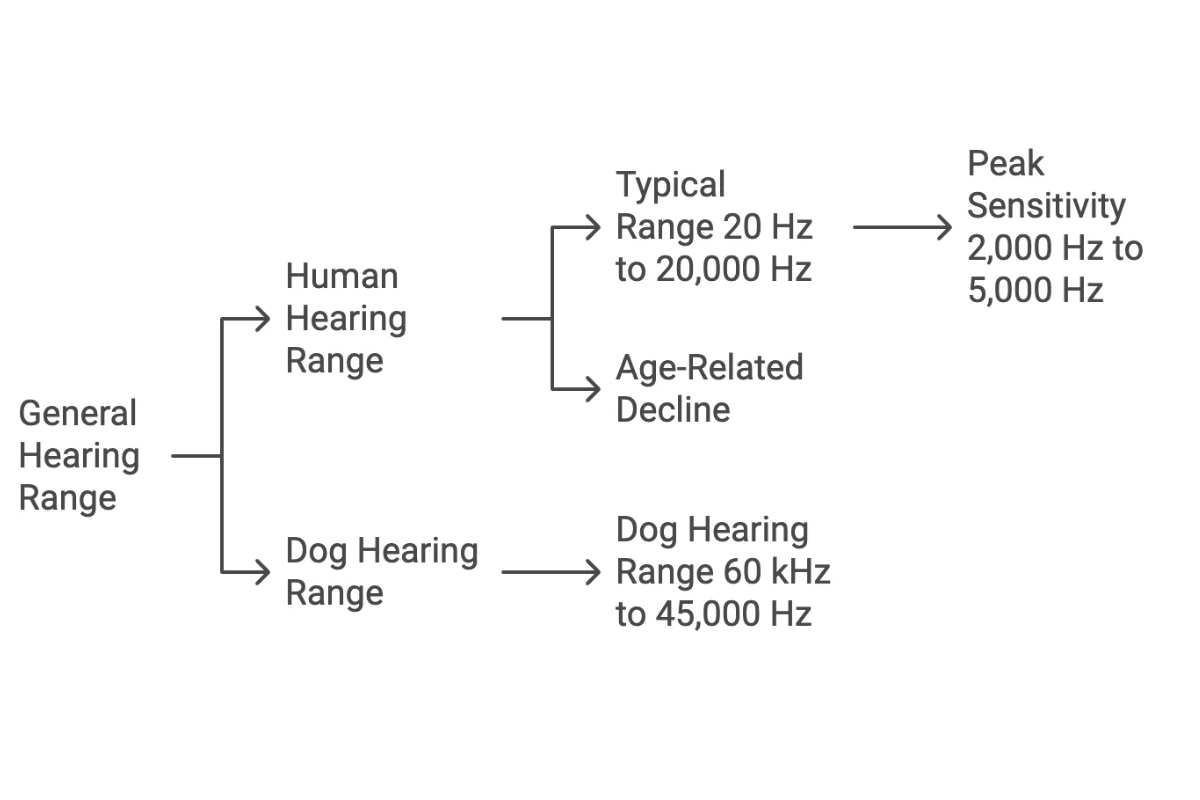In just 11 days of early November 2024, Madhya Pradesh recorded over 1,300 dog bite cases, with half the victims being children. The seasonal spike in attacks from October to February has raised alarm, with experts pointing to environmental factors like Diwali noise pollution and the street dogs’ breeding season as key triggers for increased aggression.
Experts opine that loud noises, like firecrackers, during festivals are the main cause of anxiety for street dogs. “These occurrences typically occur when people feed or find food for dogs. This forces them out of their usual territories and into unfamiliar areas, sometimes leading to conflicts with other dogs or humans. Their primary concern is always finding food, and during these stressful times, they struggle to do so,” informs Dr Piyush Patel, veterinarian and Director, Companion Animals and Engagement, Humane Society International/India.

Leftover food given to stray dogs can lead to food poisoning, which may irritate and agitate them.
“During festivals, we often see food poisoning from leftovers and burn injuries caused by firecrackers. Respiratory issues are also common as air quality deteriorates due to pollution. Additionally, in their panic, many dogs suffer injuries from accidents while trying to escape the noise,” explains Dr Patel.
“In these 11 days, the number of people bitten by dogs is far higher than a typical month during warmer months,” says Dr Ashutosh Sharma, Superintendent at Hukumchand Hospital, Indore. The situation worsens as 50% of the victims are children, vulnerable to dog attacks due to their smaller size, higher activity levels, and unpredictable behaviour.
How does Diwali spike dog aggression?
According to studies, noise pollution, especially during festivals, poses a significant risk to human and animal health. In a 2023 study, the human hearing range typically spans from 20 Hz to 20,000 Hz, peaking between 2,000 Hz and 5,000 Hz. However, this range declines with age, especially for high frequencies. In contrast, a 2017 study reports that dogs hear frequencies from 60 kHz to 45,000 Hertz, allowing them to detect sounds inaudible to humans, like dog whistles.

Noise pollution can harm dogs, as highlighted in the 2020 study on animal hearing sensitivity and pollution. Exposure to sounds above 70 dB can cause stress, anxiety, and behavioural issues. Dogs are sensitive to high-frequency sounds, making them vulnerable to the loud noises of fireworks during festivals like Diwali.
According to the Madhya Pradesh Pollution Control Board data, noise pollution levels in Madhya Pradesh exceeded prescribed limits. Residential zones, capped at 45 dB(A), reached 74.86 dB in Bhopal, while commercial zones hit 80.66 dB.
As per the study, the stress that these sounds cause can result in behavioural changes like increased aggression or biting. Pet owners should take precautions during noisy events by keeping dogs indoors and providing a quiet, safe environment to minimise these effects.
Keren Nazareth, Senior Director, Companion Animals and Engagement, Humane Society International/India, highlights solutions to address the crisis by tackling environmental stressors affecting street dogs. “This Diwali, we put up around 750 awareness posters across three cities, urging communities to designate areas for bursting crackers away from animals,” she says.
“We also encourage people to walk their pets during quieter times and to care for street dogs responsibly—providing water, food, and treatment—as their stress levels rise significantly during festivals.”
How do seasons impact dog behaviour?
Dog bite incidents peak from October to February, coinciding with stressful conditions for animals. Data from Hukumchand Poly Clinic and private health centres in Madhya Pradesh shows a trend: winter months see a drastic rise in dog bite cases, often exceeding totals from other seasons.
Historical dog bite data in Madhya Pradesh shows significant fluctuations. According to the Integrated Disease Surveillance Programme (IDSP), reported cases varied greatly. In 2018, there were 280,940 cases, declining to 248,680 in 2019. Cases dropped to 179,930 in 2020, 84,478 in 2021, and 65,833 in 2022. However, cases increased to 102,275 in 2023.
Dr AP Yadav, a dog behaviour expert, cites two primary reasons for the seasonal increase in dog bites. First, the Diwali fireworks noise escalates aggression in street dogs.
“Dogs, like many animals, are sensitive to noise. The loud cracker sounds during Diwali, combined with air pollution, cause extreme stress, leading to more aggression,” he explained.
Research in Frontiers in Veterinary Science supports his claim that common household noises—like vacuum cleaners, microwave ovens, and high-frequency sounds like smoke alarms—can trigger anxiety in dogs. Intense noise, like fireworks, exacerbates their stress, increasing aggressive reactions.
Noise and breeding season increase aggression in dogs, especially stray dogs. Hormonal changes make them more territorial and protective, leading to more attacks. Dr Yadav emphasised, “The breeding season brings hormonal changes that make dogs more irritable and increase competition for resources like food and shelter, leading to aggression.”
Rising climate leads to rise in dog bites
A recent Scientific Reports study found a link between environmental factors like temperature, ozone levels, and air pollution and increased dog bite incidents. It explored how rising ozone levels, higher temperatures, and particulate matter (PM2.5) affected dog aggression. Ozone can affect a dog’s respiratory system, leading to oxidative stress, impairing lung function, and altering brain chemistry, triggering aggression.
“High temperatures and poor air quality, especially ozone, can create a stressful environment for dogs, leading to more biting incidents,” the study concluded. While particulate matter (PM2.5) didn’t correlate with aggression, the combination of multiple stressors—heat, pollution, and noise—elevated the likelihood of attacks.

When asked about the mental health effects of noise pollution on dogs, Dr Patel explains,
“Repeated exposure to loud sounds takes a significant toll on a dog’s mental health. They become more cautious, sceptical, and tentative. Their ability to handle noise is much lower than that of humans. Even a small amount of prolonged noise can affect their behaviour, causing them to become more anxious.”
Experts argue many dog owners are unaware of their pets’ reactions to environmental stressors, including noise. A UC Davis School of Veterinary Medicine study found many owners fail to recognize anxiety signs in their dogs. “Animals, especially dogs, can experience heightened stress from normal household sounds,” said Emma Grigg, lead author of the study. Unnoticed stress signs can escalate anxiety-induced aggression.
Grigg added that dogs may show subtle fear signs like lip-licking, panting, or turning their heads away.
“By recognising these signs, owners can take preventive measures, like minimising their dogs’ exposure to stressful stimuli and providing a calming environment.”
Keren also stressed the importance of understanding dog behaviour. “It’s crucial for people to recognize the signs of stress and aggression in dogs. We need to educate the public on how to interact with dogs safely, particularly during stressful times like festivals. For example, children should be taught not to approach mother dogs with pups, as they can be highly protective of their young.”
Animal lover Vandana Jain, who runs the Digitization campaign in Indore, Madhya Pradesh, proposed using anti-anxiety medication like Valium to reduce dog bites. Jain recommends giving dogs 0.5 mg of Valium during the stressful Diwali period to alleviate anxiety and reduce aggression. “If you have a cat, giving half a tablet can help too,” Jain suggested. “This can prevent dogs from running away or acting aggressively due to noise.”

While this method isn’t a remedy it can help animals sensitive to loud sounds lessen their response. Feeding and watering street dogs during the festival when they flee their environments can calm them and prevent aggression.
Addressing the role of pet parents in managing stress during such times, Dr Patel shares, “Pet parents need to be aware of the impact of noise on their dogs. They can seek help from veterinarians who can recommend stress-reducing treatments, such as herbal remedies or medications. It’s essential to recognize the signs of anxiety and take appropriate action to support the dog’s mental health.”
Avoid provoking dogs
Experts recommend avoiding provoking dogs to reduce dog bite risks in noise pollution and winter. Dr Sharma stated,
“To avoid dog bites, respect their space. Avoid teasing dogs, and drivers should avoid speeding in front of them.”
While Dr Patel emphasised some practical solutions to help mitigate the effects of noise on street dogs, “One solution is to provide dogs with a safe, designated area where they can avoid the noise and feel secure. Feeding stations during this period can help ensure they have access to food without the stress of searching for it. Additionally, we must avoid feeding dogs spoiled or leftover food, as it can cause health issues. Educating people on responsible feeding practices can greatly improve the situation for street dogs.” These combined efforts underline a holistic approach to rabies prevention, prioritising both public health and animal welfare.
Efforts to combat rabies in India have made significant strides with government-backed initiatives like the National Health Mission and the National Free Drug Initiative. However, access and affordability of treatment, including Anti-Rabies Vaccines (ARVs) and Rabies Immunoglobulin (RIGs), remain crucial in ensuring the disease is effectively managed. While a single vial of ARV or RIG may seem affordable on paper, the cumulative cost of complete post-exposure prophylaxis can be burdensome for families in low-income settings. Bridging gaps in distribution, raising awareness, and ensuring timely availability of both ARVs and RIGs can save countless lives, making rabies a preventable tragedy rather than a persistent threat.
Support us to keep independent environmental journalism alive in India.
Keep Reading
Watch: Kashmir experiences first snowfall of season after dry spell
Amarnath Yatra: Tackling rising death toll from extreme weather events
Tourists arrival in Kashmir break records, a need to regulate it?
From tourist paradise to waste wasteland: Sindh River Cry for help
Follow Ground Report on X, Instagram and Facebook for environmental and underreported stories from the margins. Give us feedback on our email id greport2018@gmail.com.
Don’t forget to Subscribe to our weekly newsletter, Join our community on WhatsApp, and Follow our YouTube Channel for video stories.








